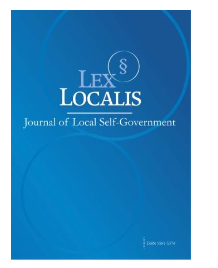HEARING IMPAIRMENT DUE TO OCCUPATIONAL NOISE EXPOSURE IN WORKERS IN A PLASTICS INDUSTRY, 2024
DOI:
https://doi.org/10.52152/9af3d406Keywords:
Hearing impairment, noise exposure, occupational noise, occupational health, plastics industry.Abstract
The human ear can detect sounds ranging from 0 to 120 dB; however, prolonged exposure to higher levels may cause severe hearing damage and affect the nervous system. Therefore, it is essential to implement preventive measures in industrial settings, where occupational diseases related to noise continue to rise due to the lack of effective corrective actions. This study aimed to evaluate auditory capacity impairment in workers exposed to occupational noise in a plastics industry during 2024. A quantitative methodology with a descriptive, correlational, and cross-sectional approach was used. The sampling was non-probabilistic and purposive. Audiometric evaluations and sound pressure level measurements were conducted on a total of 64 workers. Results showed that 85.5% of the sample were male workers exposed to noise, with a small percentage presenting mild to moderate hearing loss. In the extrusion, trimming, and production control areas, workers maintained normal hearing; however, in the printing, sealing, and grinding areas, a significant percentage exhibited mild to moderate hearing loss. The sealing and trimming areas complied with noise level regulations, whereas the printing and extrusion areas presented hazardous sound levels for auditory health. In conclusion, prolonged exposure to noise levels above permissible limits was significantly associated with hearing deterioration in workers (r = -0.266; p = 0.034), confirming noise as a cumulative occupational risk factor.
Downloads
Published
Issue
Section
License
Copyright (c) 2025 Lex localis - Journal of Local Self-Government

This work is licensed under a Creative Commons Attribution-NonCommercial-NoDerivatives 4.0 International License.








